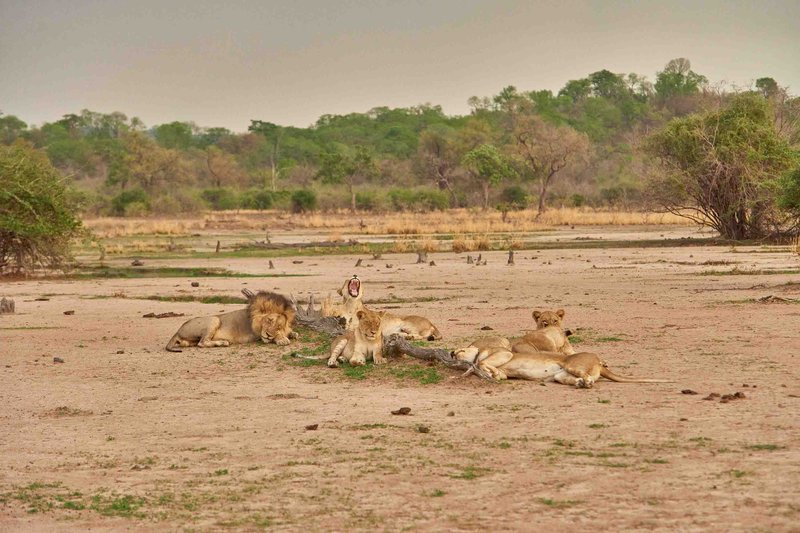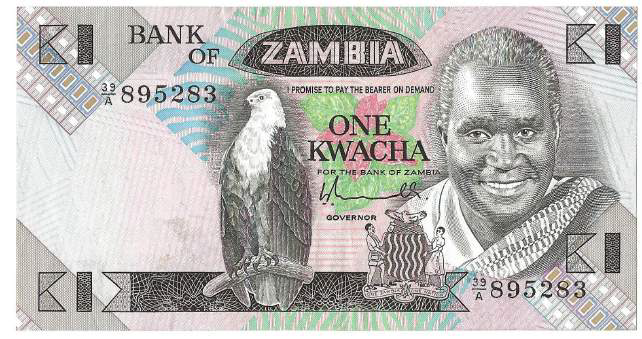The tourism industry in Zambia goes beyond adventure trips to Livingstone and the Victoria Falls. Zambian tourism offers a wealth of untapped natural and cultural attractions waiting to be explored. With 20 national parks, 36 game management areas, over 80 waterfalls, and unique wildlife migrations, Zambia has the potential to become a major player in global eco tourism.
If you performed a word association exercise and asked Zambians what comes to mind when they hear “Zambian tourism,” it is highly likely that nine out of ten respondents would instantly respond with “Victoria Falls.” Such is the allure of decades of marketing around Zambia’s most notable tourist attraction, creating livelihoods for many reliant on this natural wonder. But is Zambia only about Victoria Falls? Can the success of Livingstone be replicated and scaled in other regions with untapped or underexplored tourist attractions? These are questions that deserve answers.
Enter the World Bank. In June 2023, it approved a $100 million credit to bolster Zambia’s nature-based economy and unlock tourism potential in emerging and underdeveloped destinations nationwide. The prime objective is to create economic opportunities through better, more resilient infrastructure, long-term sustainable development, and community involvement.
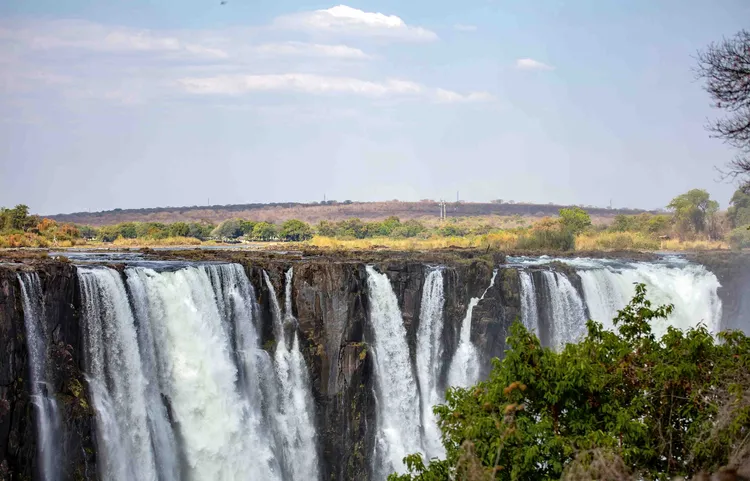
What does Zambia Offer the Tourism Industry?
Zambia has a vivid palette of colourful, memorable, and unique experiences just waiting to be packaged and presented to the world. The country boasts 20 national parks and 36 game management areas, totalling a staggering 30% of the land dedicated to conservation. It is home to a plethora of lakes and rivers, including the world-famous Zambezi River, which carries about 35% of Southern Africa’s natural water resources. Beyond this, Zambia features over 80 waterfalls, 30 rich cultural ceremonies, and other heritage assets. It also possesses five national museums and wetlands for birdwatching. Established ecotourism activities include white-water rafting, bungee jumping, and daytime and nighttime wildlife safaris. With literally something for everyone, Zambia is bursting with immense opportunities that remain untapped, underdeveloped, and, for the most part, unknown. This potential, once unlocked, could serve as a significant economic lifeline. World Bank and UK Aid studies estimate Zambia’s tourism industry could reach a value of $2 billion by 2030—provided deliberate actions are taken to energise the sector. This could be the economic boost the country has been waiting for.
Tapping into Zambia’s Nature-based Economy
At the launch of the World Bank’s Green, Resilient and Transformational Tourism Development Project, then World Bank Country Manager for Zambia, Sahr Kpundeh, stated: “We are pleased to support Zambia’s push towards a green growth strategy in which a nature-based economy is key. Diversified, nature-based economic activity and private sector investment will create jobs and protect nature in the areas targeted under the project.” The project aims to increase economic opportunities and revenue from tourism and the broader nature-based economy sector by improving the enabling environment, engaging key stakeholders, financing key infrastructure, and providing matching grants to communities for investments in the nature-based economy. The project will also enhance sector governance through regulatory reform and capacity building of core agencies.
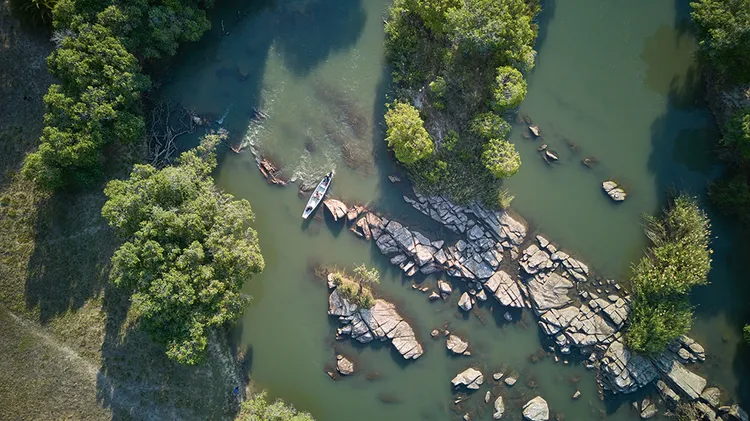
For years, the word “potential” has dominated discussions about Zambia’s tourism industry and every presentation, speech, and promise regarding the sector’s immense possibilities. But what does this potential really look like?
Clear opportunities are waiting to be developed, and with the right tools and initiatives, communities can transform from mere custodians of these natural phenomena to actual beneficiaries. Such examples include some of the largest mammal migrations in the world. The Kasanka bat migration occurs annually when millions of brown fruit bats assemble at Kasanka for the most incredible mammalian feeding frenzy on the planet. Although featured on major global nature channels, this event remains underutilised as a key tourist attraction. Liuwa Plain’s serene landscape hosts Africa’s second-largest wildebeest migration. It offers a tranquil alternative to more famous parks in a pristine, less crowded, peaceful setting, sans tourists or jostling for vantage points amid a stampede of super telephoto lens-wielding homo sapiens.
The Northern Circuit is another hidden gem, featuring stunning waterfalls that are becoming increasingly accessible thanks to airport upgrades in Kasama and Mansa. Then there’s the source of the Zambezi River in Ikelenge, a site rich with historical and ecological mystique as the birthplace of Zambia’s most famous river. It offers an unmatched tourism and educational experience.
Steps Needed to Boost Zambian Tourism
If well utilised, the Green, Resilient and Transformational Tourism Development Project is poised to unlock these opportunities and give Zambian tourism the boost it needs. It is key to developing much-needed infrastructure to increase access to eco-friendly tourism destinations. The project’s most significant component, Component 2, “Improving Climate-Resilient Destination Access and Basic Service Infrastructure”, has a budget of $78.3 million to fund the preparation and construction of vital infrastructure, including roads, airstrips, airports, river transport systems, telecommunications, and off-grid power supply.
Success lies in robust planning, community involvement, and a focused approach to turning plans into reality. Encouragingly, there is strong political and community support for tourism growth in Zambia. If the project is implemented effectively, we could see a definite and quantifiable growth trend in the sector, with tangible benefits for local communities and the national economy. Realising Zambia’s vast tourism potential could firmly establish the country as a premier global travel destination.
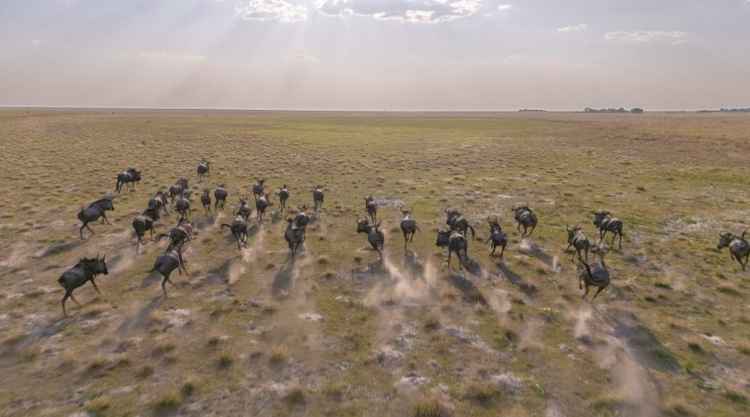
Key Takeaways
- Zambia’s Tourism Perception vs. Reality: Many people associate Zambian tourism solely with Victoria Falls, but the country boasts a diverse range of attractions.
- Untapped Tourism Potential: Zambia has 20 national parks, 36 game management areas, over 80 waterfalls, five national museums, and numerous cultural ceremonies. Key attractions include the Kasanka bat migration, Liuwa Plain wildebeest migration, and the Northern Circuit waterfalls.
- World Bank’s £79 Million Investment: The Green, Resilient and Transformational Tourism Development Project aims to develop infrastructure, improve accessibility, and create economic opportunities. The initiative could boost Zambia’s tourism sector to a £1.57 billion industry by 2030.
- Sustainable & Community-Based Tourism: The project focuses on climate-resilient tourism, benefiting local communities through economic inclusion and conservation efforts. Communities will receive matching grants for investments in eco-tourism and nature-based businesses.
- Infrastructure Development for Tourism Growth: £62 million will be allocated to roads, airstrips, airports, river transport, telecommunications, and off-grid power supply to improve accessibility to tourist destinations.
What are the top tourist attractions in Zambia besides Victoria Falls?
Zambia offers numerous destinations beyond Victoria Falls, including South Luangwa National Park for wildlife safaris, the Kasanka bat migration, Liuwa Plain for wildebeest migration, and the 80 smaller waterfalls in the northern parts of the country.
What is the Kasanka bat migration in Zambia?
The Kasanka bat migration is the largest mammal migration on Earth, where millions of fruit bats gather in Kasanka National Park each year, creating a unique wildlife spectacle.
